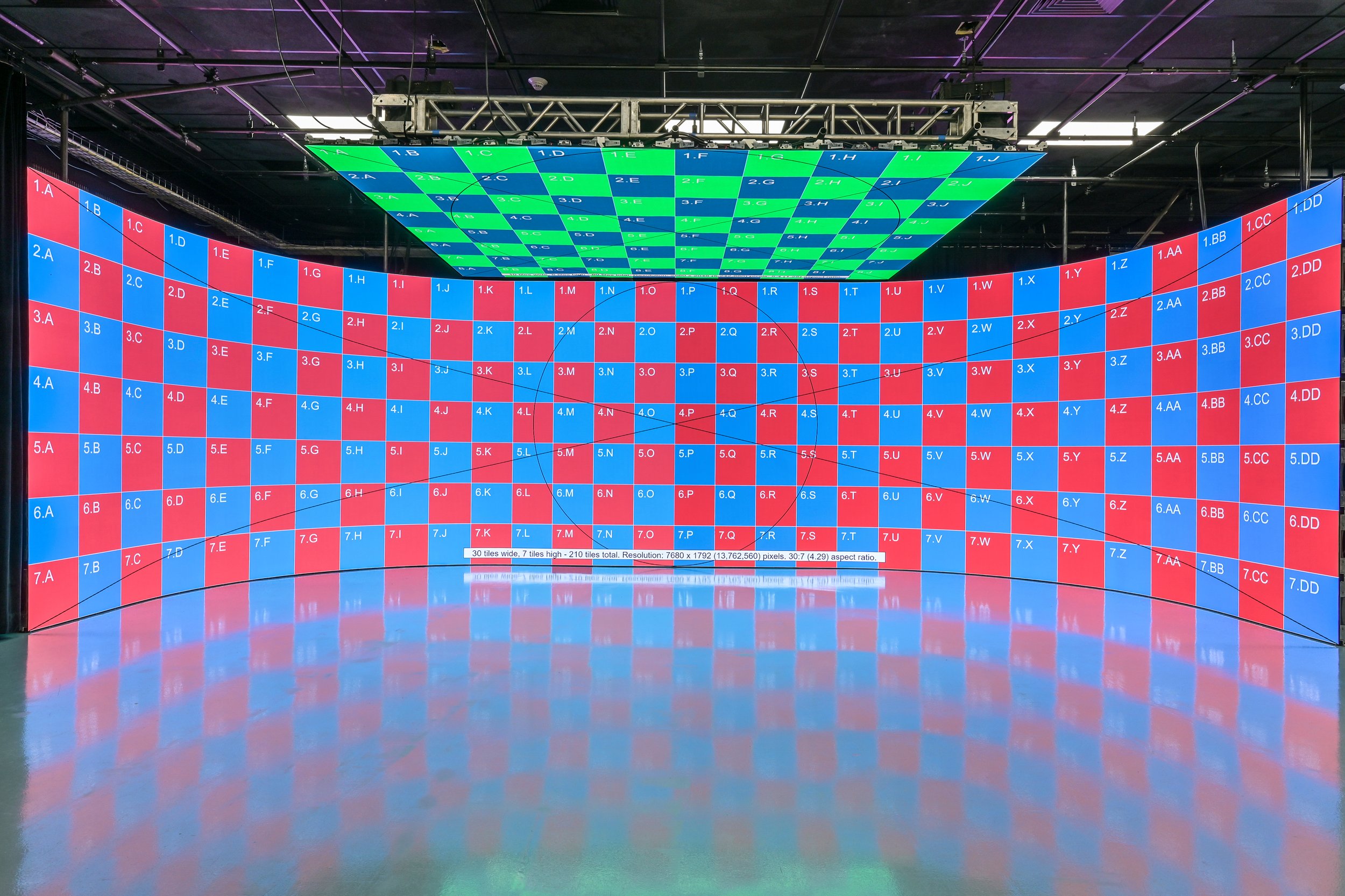Mastering Hue Accuracy in Light Emitting Diode Wall Adjustment for Breathtaking Visual Presentations
Mastering Hue Accuracy in Light Emitting Diode Wall Adjustment for Breathtaking Visual Presentations
Blog Article
Color accuracy is crucial for producing breathtaking graphic presentations, particularly when employing LED screens. These large screens are commonly found in places like concert venues, sports arenas, and advertising billboards. When the colors on an LED screen are not correct, the visuals can look flat or warped, which can affect the overall experience for viewers. Therefore, mastering color precision in LED screen tuning is vital for attaining lively and realistic visuals.
The first step in ensuring color precision is comprehending how LED systems works. LEDs, or light-producing diodes, generate light in various colors by combining red, green, and blue (RGB) light. Each dot on an LED screen is made up of these three hues. When calibrated correctly, the combination of RGB can create a wide range of hues. However, if one hue is too intense or too dim, it can throw off the entire screen. This is why tuning is needed to balance the colors and achieve the intended graphic effect.
Calibration entails adjusting the settings of the LED screen to ensure that the hues displayed match the initial content as nearby as feasible. This procedure typically involves using specialized software and hardware instruments. Technicians often use color assessment devices, such as color meters, to analyze the hues being shown. get more By comparing the assessed colors to benchmark color values, they can make exact adjustments. This ensures that the colors are not only lively but also consistent across the whole screen.
Another crucial aspect of color precision is understanding the surroundings in which the LED wall is employed. Factors such as surrounding light can considerably impact how hues appear. For instance, a brightly illuminated room may wash out hues, making them look less lively. To counteract this, technicians may adjust the luminosity and contrast configurations of the LED wall. Additionally, they may select specific color settings that are better appropriate for different lighting conditions. This adaptability helps maintain color precision regardless of the observing environment.
Ultimately, routine maintenance and recalibration are essential for maintaining an LED wall looking its best. Over time, the functionality of LEDs can change due to factors like degradation and heat fluctuations. Regular inspections and modifications can help ensure that the hues stay accurate and lively. By committing time in proper calibration and maintenance, venues can provide viewers with stunning visual presentations that enhance their overall impression. Mastering color precision in LED screen calibration is not just a mechanical job; it is an art that adds to the wonder of visual narration.